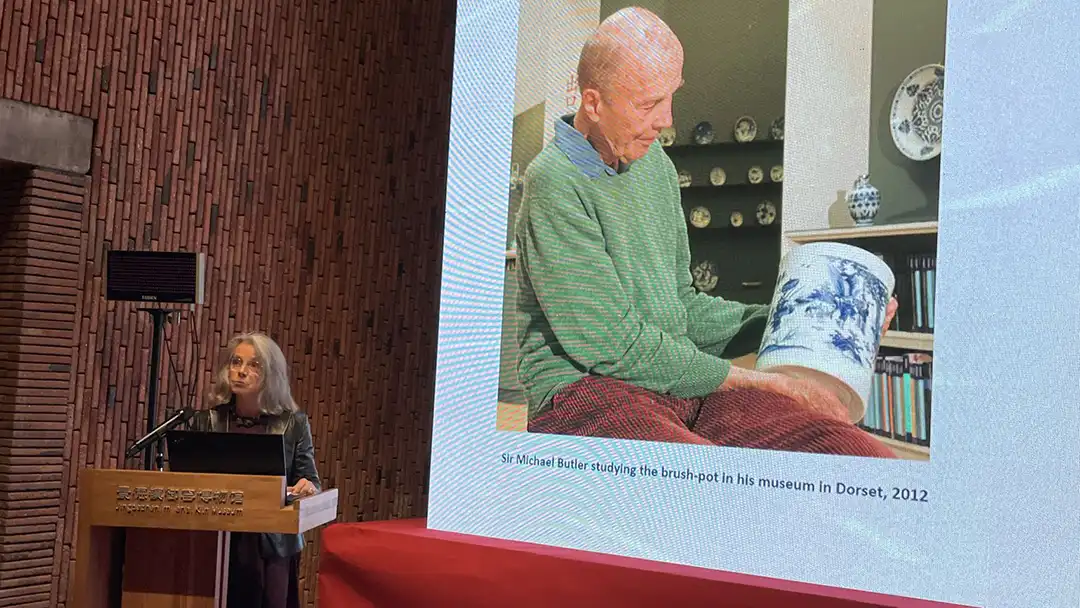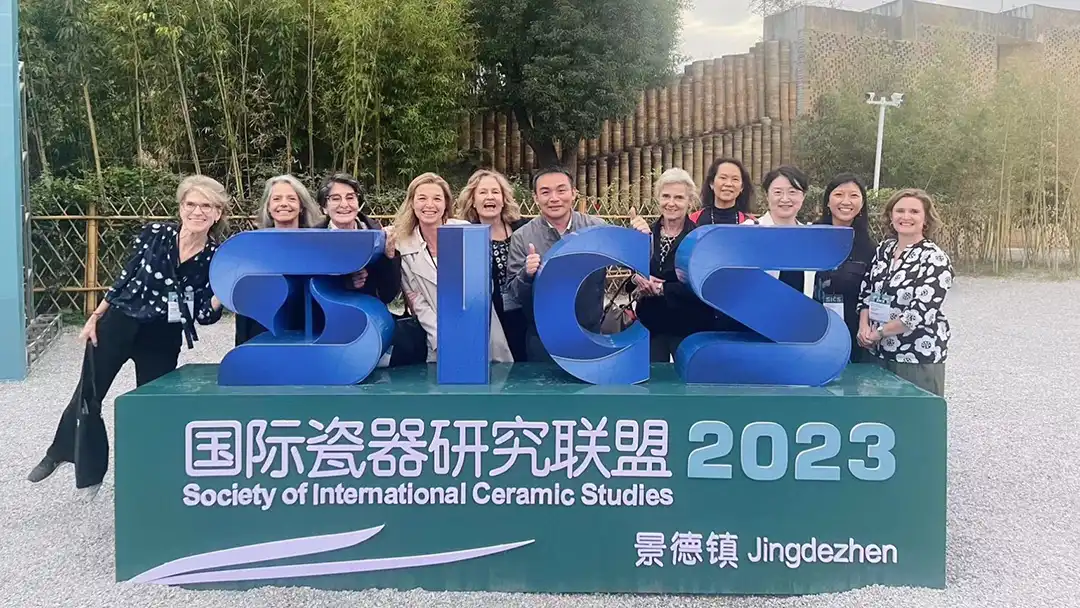
at the The International Symposium in Commemoration of the 10th Anniversary of Mr. Liu Xinyuan’s Passing: The Origin,Spread, and Globalization of Porcelain.
“Creating a database of Dated Chinese Porcelain, 1550 to 1750”
In order to date works of art, researchers rely on multiple sources, from archives, science, archaeology and social history to comparisons of the objects themselves. From the vast quantities of Chinese porcelain produced between 1550 to 1750, a very limited number are inscribed with dates and these provide the most important building blocks for establishing a chronology of the porcelain production of this two-hundred year period. Katharine Butler has led an ambitious research project, supported by PhD students and relying on the work of many earlier scholars including Professor Wang Qingzheng and her father, Sir Michael Butler (1927–2013), to create a comprehensive list of all known dated porcelain in collections around the world from the mid-16th to 18th centuries. This paper will discuss the results of the research which has so far listed over 450 pieces, the various ways dates are inscribed on the porcelain and the confusions this has led to. It will also discuss the high quality and important group of objects all bearing a heavily written eight-character mark on the base including the reign title Kangxi, a cyclical year corresponding to 1671, 1672 or 1673, followed by the hall name Zhonghe Tang (‘Hall of Central Harmony’). Further, the paper will highlight the importance of establishing the authenticity of an object, before relying on its date and also discuss examples of apocryphally dated objects, in particular the so-called ‘Tyson’ Jar in the Art Institute of Chicago, United States, and its implications on the dating of wucai porcelain of the first two reigns of the Qing dynasty, Shunzhi (1644–61) and Kangxi (1662–1722). The Butler Collection has over 30 dated objects and many of these will be illustrated in this talk.



